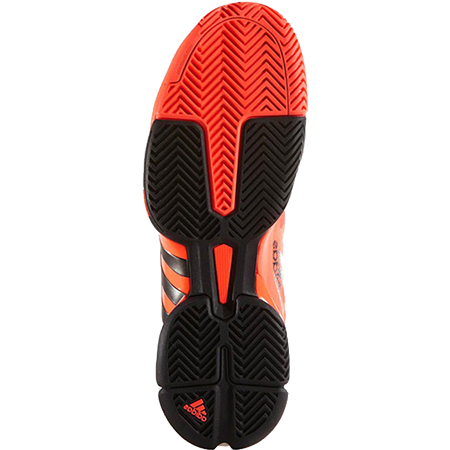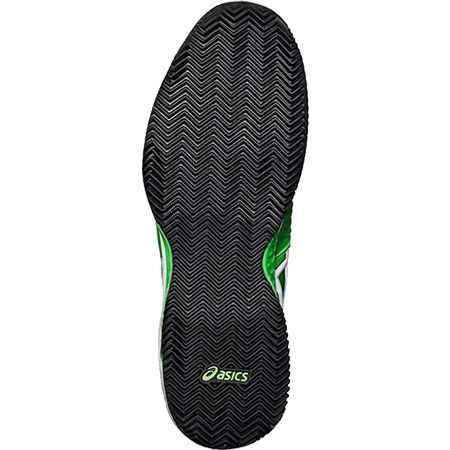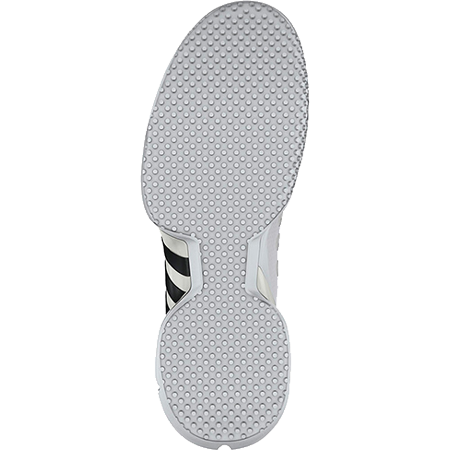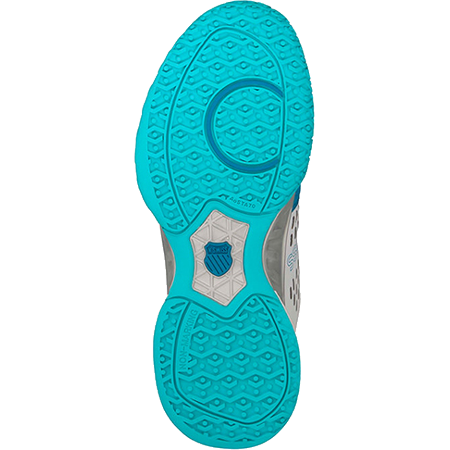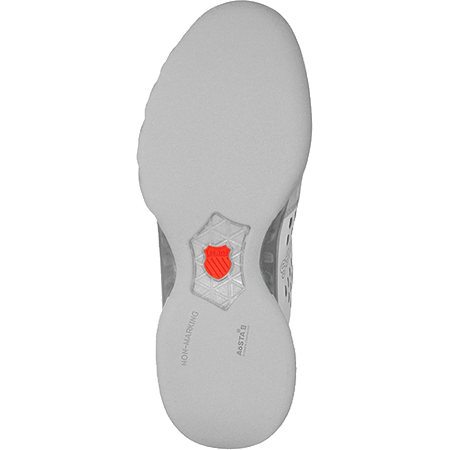How to Choose Tennis Shoes
The Different Tennis Outsoles Available Are:
Do You Need Special Shoes For Tennis?
Yes. Tennis shoes are the most important piece of kit alongside a player's racket and strings. The construction of a tennis shoe not only equips you with the correct outsole (as explained above), but provides you with the all-important stability, durability and comfort required to play the game competitively and without risk of injury. At the very least we recommend an entry level tennis shoe, however more advanced models incorporate the latest performance technologies to give competitive players a significant advantage on court. Playing with general or running shoes is a bit like trying to play tennis on stilts.
What Is The Difference Between Tennis Shoes & Trainers?
Tennis shoes offer numerous advantages over casual trainers. The main difference (apart from the outsoles as we have discussed above), is that tennis shoes are designed to cope with and support the player during the dynamic movements they go through when moving across the court. Other types of shoes such as running shoes are constructed with a focus on forward movement and therefore will not be suitable for tennis. Tennis shoes take into account the way a tennis player's foot moves, so they are able to add the right support and comfort exactly where it is required, e.g. improved ankle support, and extra heel cushioning. Other differences are more visible, like the toe guard, which helps protect the shoe from toe drag. Shoes without a toe guard may easily show signs of wear and tear after a few sessions on court.
It should be noted that some of the best tennis shoe brands also manufacture casual trainers and footwear for other sports, however you must choose from the tennis range.
How Tight Should Tennis Shoes Be?
Tennis shoes should fit securely for you to take full advantage of their benefits such as stability and comfort, however ultimately it is a matter of preference. Many of our customers prefer a 'locked-in' fit which makes the shoe feel like a natural extension of their feet, while others prefer a bit of 'breathing room'. If you prefer the latter, we have picked out some of our widest fitting tennis shoes. You may wish to visit us at our store in London where we will be happy to help you find the perfect fitting tennis shoe.
What Are The Most Comfortable Tennis Shoes?
The most important factor determining the comfort of a tennis shoe is the quality of its midsole, as its role is to absorb shock, enhance support and cushion your landings. A shoe without a suitable midsole can lead to discomfort in the foot as well as knees and other parts of the body.
The midsole of most tennis shoes feature a type of 'cushioning technology'. Some of the most renowned cushioning technologies include GEL™ by asics, Air Zoom by Nike, and Boost from adidas. The flagship models of each brand will have these included, and some may also have extra cushioning added in targeted areas like the heel.
Based on feedback we have received over the years, Asics shoes with GEL cushioning are consistently regarded as one of the most comfortable tennis shoes.
How do I make my tennis shoes more comfortable?
Tennis shoes can be made more comfortable by using a shock-absorbing insole which reduces stress on muscles, joints, and tendons. We also recommend carefully selecting a pair of cushioned tennis socks which not only provide you with extra cushioning but may also include features such as moisture wicking, improved breathability and better grip, all leading to a more comfortable experience on court.
If your shoes have been used extensively, the midsole may no longer be in a state to provide the level of comfort and support required for tennis, and in this case a new pair of tennis shoes will be required.


















